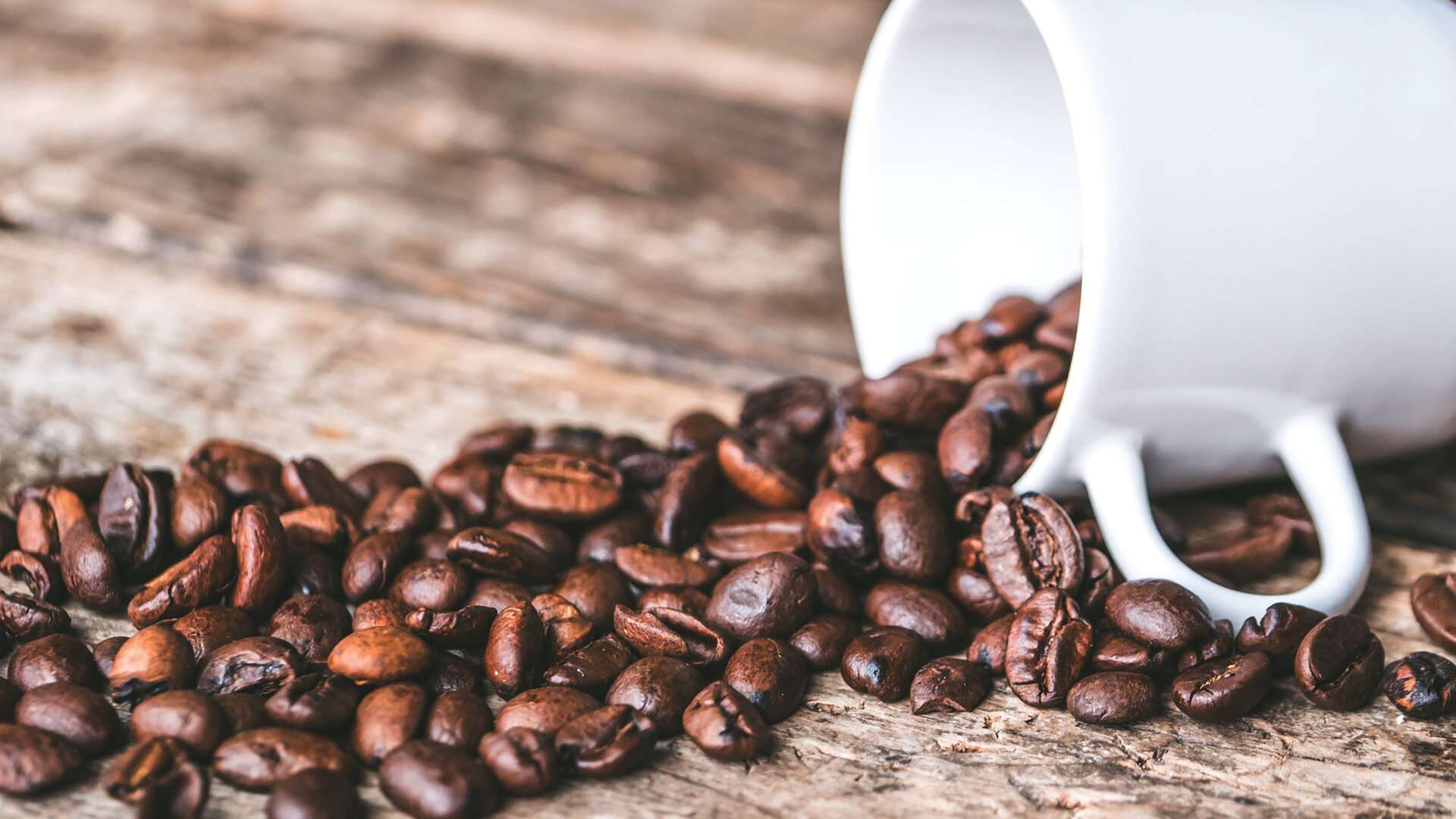
Unleash Your Brand Potential Without Boundaries

What is the value of a brand?
Identity is the key to a successful product or service. It is the brand that differentiates one’s products and services from others in the marketplace. Having a successful brand allows you to gain a competitive advantage among your competitors.
Brands also establish monetary value which may be substantial for companies like Apple, Google and Microsoft. It is often possible to reflect the brand value on the company’s balance sheet once it is transacted (e.g. brand acquisition or disposal). According to Forbes, Apple’s brand value has increased more than three times over the past eight years from 57.4 billion in 2010 to 182.8 billion in 2018. Undoubtedly, Apple invested a lot of resources (e.g., time, money, effort, etc.) to maximise their brand value over time. Therefore, companies must ensure that their brand is constantly capturing value as the business grows, through the effective protection of their brand.
Operational challenges in protecting your brand in ASEAN
Registration matters!
Registered trade marks1 play an important role in protecting brands. Registration of a trade mark grants the owner an exclusive right to use the mark within the specified territories. The term of registration is indefinite so long as the mark is continuously used and renewed when required.
In Singapore, registered trade marks are protected by the Singapore Trade Mark Act. Although trade mark laws in each country are similar in nature, there are many operational challenges in practice from filing to enforcement that differ from country to country even within the same region. For instance, Myanmar is still operating under the first-to-use system for intellectual property including trade marks although its new trade mark law is ready to be enacted by this year. Currently, trade mark applicants in Myanmar do not need to go through an application process. Instead, the applicant needs to publish a self-declaration of ownership in the local newspaper. Applicants may need to be aware of translation requirements when they want to file in foreign countries. For example, when an applicant wants to file a trade mark in Thailand, documents filed with the Trademark Office must be in Thai or translated into Thai. In addition, it is necessary to transliterate all foreign words appearing in the mark into Thai.
Read also: A Plain-English Guide to Filing a Trade Mark Application in Singapore
False representations: Starbucks example
One of the more interesting trade mark enforcement cases in ASEAN which I have observed occurred in 2013. This is a dispute between Starbucks and Starbung —a billion-dollar corporation versus a Bangkok street vendor. Both are in the coffee business but the defendant, in this case, is just a small pushcart owner. Starbucks sued the street vendor for false representation of its famous green logo on his Starbung coffee cart and demanded a compensation of 300,000 baht (S$ 13,000) plus a monthly payment of 30,000 baht (S$ 1,300) until they abandoned their Starbung brand. Here we need to consider why Starbucks had initiated this lawsuit against a very small business owner who may not be its direct competitor anyway, and what might Starbucks achieve from this legal action.
In my opinion, the financial compensation that Starbucks was seeking from the street vendor appeared to be secondary. Starbucks may be more mindful about the potential dilution of the Starbucks brand and the consumer confusion that is caused by such an association. Eventually, the Starbung coffee owner agreed to discontinue the use of the mark in dispute and Starbucks also dropped the demand for compensation, which I feel is a good conclusion for both parties.
Read also: Keeping Your IP Out of Trouble

Photo Source: The Bangkok Post
A similar case had happened in Myanmar in the same year. A coffee shop in Yangon called K Shop had put up a vinyl decal with the Starbucks logo at their café. However, due to public buzz like Facebook comments, the coffee shop owner immediately removed the vinyl on the same day according to the Irrawady news (Myanmar media). It is not known if that coffee shop is still operating as at the time of this article. In this incident, we need to consider what would be the possible factors that led K Shop to remove the vinyl so quickly, even before Starbucks may even have noticed, let alone legal action initiated against the coffee shop owner? I have listed down some possible factors which might be relevant to this case as follows:
-
Deference
K Shop may have already known that Starbucks would not hesitate to protect its marks and K Shop did not want to place itself in such a dispute against a determined party.
-
Public knowledge
In today’s internet-driven world, consumers can easily find out that this is not an authentic Starbucks. There is also a possibility of a consumer boycott due to K Shop’s dishonesty and misconduct.

Photo Source: The Irrawady
The above case studies show that relying on the formal registration of trade marks is not enough to protect your brand. You must also police the unauthorised use of confusingly similar marks and actively enforce your rights to maintain your brand integrity.
Read also: Upholding Your IP Rights
The rise of counterfeiting
Other than false representation, direct copying or counterfeiting is also another threat for brand owners. In most cases, luxury goods (e.g. Louis Vuitton, Rolex, etc.) are major victims of counterfeiting. Counterfeit products tend to have much lower quality and cheaper prices. They use a brand name or label similar or identical to a reputable brand. According to Research and Markets, the amount of total counterfeiting globally is expected to reach US$ 1.82 trillion (S$ 2.49 trillion) by the year 2020.
Handbags, watches, clothing and shoes are types of goods that are commonly found in the counterfeit market. Switzerland’s Federation of the Swiss Watch Industry estimates that 40 million counterfeit watches worth US$ 1.08 billion (S$ 1.47 billion) are produced annually. This amount is 25% more than Switzerland’s yearly output. According to the International Trademark Association (INTA), the negative impact of counterfeiting and piracy is projected to drain US$ 4.2 trillion (S$ 5.76 trillion) from the global economy2. ASEAN has not been spared by counterfeiters. In 2017, Thai Customs seized more than 700,000 counterfeit goods from 763 cases3.
The above figures show that there is a big market for counterfeit goods which is increasing every year. To an extent, the boom of e-commerce has contributed to the rise of counterfeit goods. People may find it difficult to choose authentic products online, especially the products sold on third-party e-commerce platforms, as they are unable to inspect these products before purchase.
Learn how igloohome effectively tackled its copycats to prevent loss of revenue and reputation
Available enforcement mechanisms
-
Cooperate with local authorities
With regards to counterfeiting, local authorities such as Customs play a very important role. Nevertheless, rights owners must be vigilant to monitor the suspected imports of infringing goods. In Singapore for instance, owners can activate border enforcement by giving written notice to Singapore Customs of a suspected import of trade mark and copyright-infringing goods. Customs can then take necessary action on these potentially IP-infringing goods.
-
Consult with local legal practitioners
Brand owners may exercise their rights under existing trade mark laws to file a case against a party selling products with similar logos or marks which may cause consumer confusion. However, due to differences in language, culture and enforcement practices in each country, brand owners should always seek the opinion of a legal practitioner who has better knowledge about the local landscape in each country before initiating any enforcement action.
Final thoughts
Branding is a much wider concept involving trade marks as well as other elements such as marketing, advertising, packaging and so on. However, trade marks function as an indicator of origin, guarantee of quality and a useful tool for building brand equity. As such, protecting these valuable trade marks are of paramount importance provided that brand owners are fully aware of available enforcement mechanisms and pragmatic approaches to successfully overcome legal and contextual challenges.
1 Trade mark means any sign capable of being represented graphically and which is capable of distinguishing goods or services dealt with or provided in the course of trade by a person from goods or services so dealt with or provided by any other person. “Sign"" includes any letter, word, name, signature, numeral, device, brand, heading, label, ticket, shape, colour, aspect of packaging or any combination thereof. (Source: Singapore Trade Mark Act)
2 https://www.inta.org/Press/Pages/Counterfeiting_Impact_Study_Press_Release.aspx
3 https://www.rouse.com/magazine/news/booming-economies-plagued-by-counterfeit-problem/



Book a complimentary chat with us to learn how you can leverage on your IP. test
Book IA Chat Session